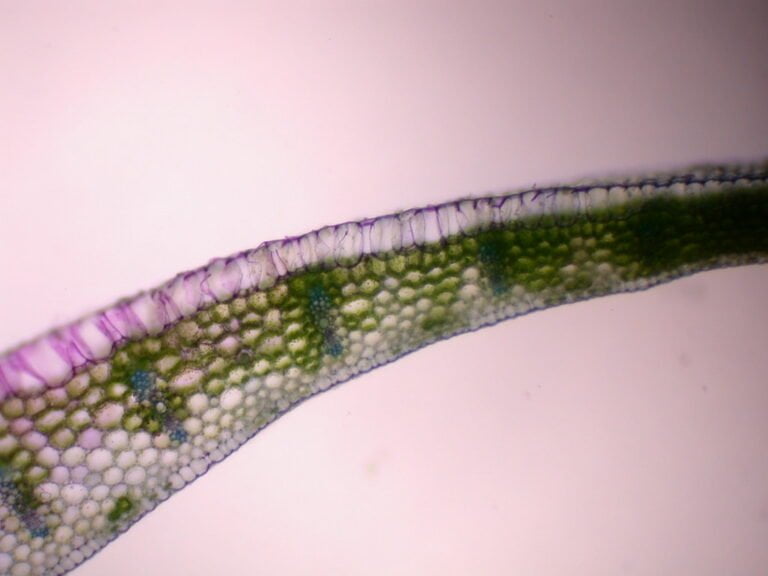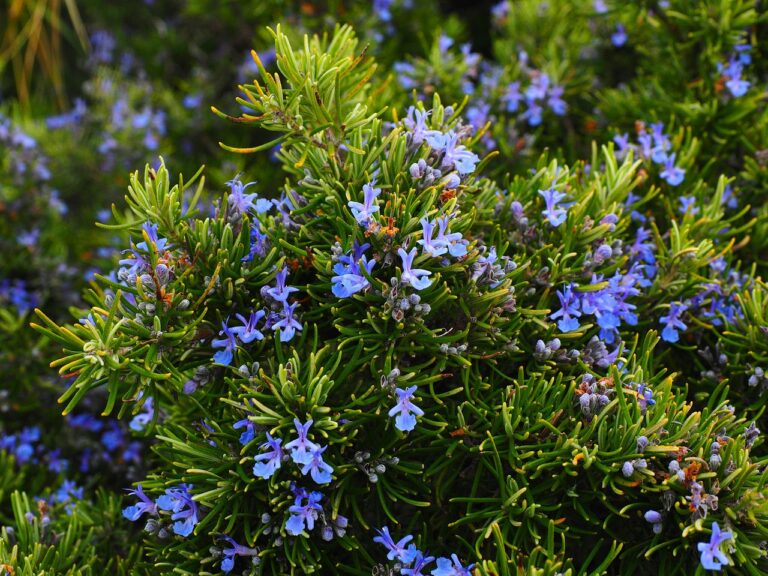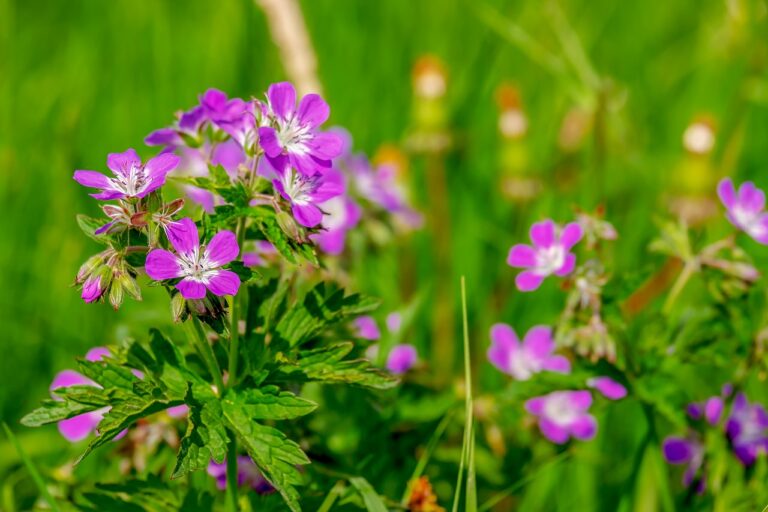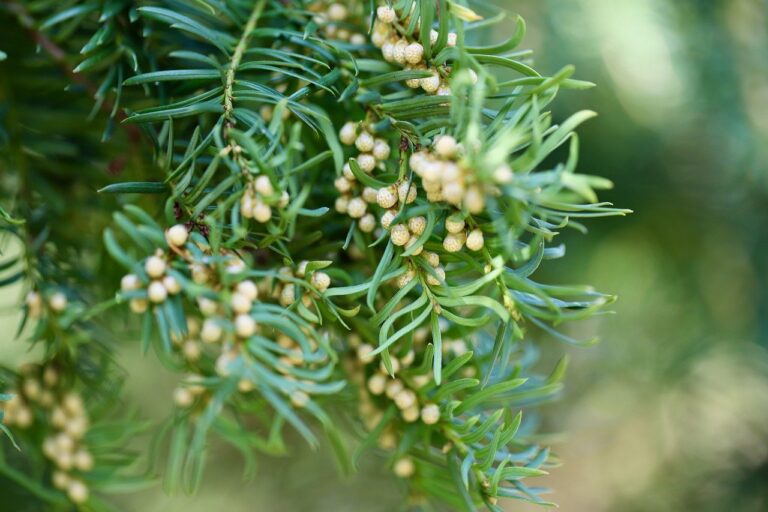Growing Zinnias in Containers: A Comprehensive Guide
I choose pots with at least a 12-inch diameter for zinnias. Proper drainage is essential to prevent root rot. Terracotta pots offer excellent airflow. I use well-draining, slightly acidic soil. Starting indoors, I sow seeds on the surface in quality mix. Zinnias need 6-8 hours of daily sun. Water at the base to avoid issues. Deadhead regularly for continuous blooms. General care includes feeding and staking. With the right pot, care, and soil, vibrant zinnias flourish in containers. Mastering these basics is essential for success.
Selecting Pot and Soil for Zinnias
When growing zinnias in containers, it is important to select pots with a minimum diameter of 12 inches to provide ample space for root development and best growth. Proper drainage is vital to prevent waterlogging and root rot issues. Consider using terracotta pots for better air circulation or plastic pots for moisture retention based on your local climate and watering habits.
The soil you choose for your zinnias is equally vital. Opt for a well-draining potting mix that contains organic matter or additives to promote ideal zinnia growth. Make sure the potting mix has a slightly acidic to neutral pH level ranging from 6.0 to 7.5, as zinnias thrive in this range.
Terracotta pots are excellent choices for zinnias as they allow for better airflow to the roots, preventing soil compaction and aiding in root health. On the other hand, plastic pots can retain moisture better, which is beneficial in drier climates or for those who may not water their plants as frequently.
Starting Zinnia Seeds Indoors
To successfully start zinnia seeds indoors, begin by selecting clean pots or trays with appropriate drainage holes to guarantee optimal seedling development. Cleanliness is vital to prevent the growth of harmful pathogens that can damage the delicate seedlings. The presence of drainage holes is crucial to avoid waterlogging, which can lead to root rot and other issues detrimental to seedling health.
Next, fill the chosen containers with a high-quality seed starting mix. This specialized mix provides the necessary nutrients for seed germination and initial seedling growth. It is formulated to be light, airy, and sterile, creating the perfect environment for young zinnia plants to thrive.
When sowing the zinnia seeds, place them on the soil surface and lightly press them down. Cover the seeds with a thin layer of soil to promote proper growth. It is essential not to bury the seeds too deeply, as this can hinder their ability to sprout and emerge from the soil.
Maintain the indoor temperature between 70-75°F to support seed germination. Additionally, make sure the seedlings receive 12-16 hours of light per day to aid in healthy growth. Adequate light exposure is critical for photosynthesis and overall plant development.
Transplanting Zinnia Seedlings
When transplanting zinnia seedlings, it’s important to make sure the soil in the new containers is well-prepared to support their growth. Choosing an ideal container size is essential to prevent overcrowding and allow the zinnias ample space for development. Additionally, understanding the watering frequency requirements post-transplantation is key to promoting healthy root systems and overall plant vigor.
Soil Preparation Tips
For transplanting zinnia seedlings into containers, select pots with a minimum diameter of 12 inches. Proper drainage is essential to prevent waterlogging and root rot. Consider terracotta pots for improved air circulation or plastic pots for moisture retention. Choose a well-draining potting mix or amend soil with organic matter to provide structure for zinnia plants. Aim for a slightly acidic to neutral pH level ranging from 6.0 to 7.5 for best growth. This pH range supports the uptake of essential nutrients by zinnias. Ensuring the right soil conditions in containers will help zinnia plants thrive, producing vibrant flowers. Adequate air circulation is vital for preventing diseases and promoting healthy growth in zinnias grown in containers.
Ideal Container Size
When selecting pots for transplanting zinnia seedlings, prioritize a minimum diameter of 12 inches to provide ample space for root development and guarantee proper air circulation important for healthy growth. Opting for larger containers allows the roots to spread out comfortably, promoting strong root development and overall plant vigor. Adequate container size not only prevents overcrowding but also ensures that each seedling has enough room to thrive. It is essential to transplant zinnia seedlings into pots with good drainage to prevent waterlogging issues that can harm the plants. Choosing the right size pot is an important factor in fostering healthy zinnia growth and encouraging the production of vibrant blooms.
Watering Frequency Requirements
After planting zinnia seedlings into pots, make sure to water them immediately to help them establish in the new growing environment. Check the soil moisture frequently, and water zinnias when the top inch feels ideal to the touch. It is recommended to water zinnias in containers at least once a week, adjusting the frequency based on weather conditions. Overwatering should be avoided as it can lead to root rot and other issues. When watering, target the base of the plant to prevent wetting the foliage, which can cause fungal diseases. Ensuring good air circulation around the zinnia plants will also aid in maintaining perfect soil moisture levels and overall plant health.
Sun Exposure for Zinnias
To guarantee the best growth and blooming of zinnias in containers, it is vital that they receive a minimum of 6-8 hours of full sun exposure daily. Zinnias, being sun-loving plants, rely heavily on sunlight to thrive and produce vibrant blooms. Here are some key points to take into account regarding sun exposure for zinnias in containers:
- Optimal Sun Exposure: Zinnias planted in containers should be strategically placed in locations where they can receive ample direct sunlight throughout the day. This exposure ensures that the plants have access to the energy they need for robust growth and prolific flowering.
- Impact of Insufficient Sunlight: Lack of sunlight can lead to leggy zinnia plants with fewer flowers. Without adequate sun exposure, the vibrancy and size of the blooms may also be affected, compromising the overall visual appeal of the container garden.
- Critical for Thriving Plants: Adequate sun exposure is vital for zinnias to thrive in containers. Providing the recommended 6-8 hours of full sun exposure daily will support the plants in reaching their full potential, resulting in healthy growth and an abundance of colorful flowers.
Ensuring that your zinnias in containers receive sufficient sunlight is fundamental to their overall health and flowering performance. By paying attention to sun exposure, you can set the stage for a successful container gardening experience with these beautiful and rewarding plants.
Watering Zinnias
When caring for container zinnias, it is vital to water them correctly to avoid issues like powdery mildew. To maintain healthy zinnias, water at the base of the plant and make sure the soil is slightly dry before watering again. Overwatering can lead to root rot, so it is important to monitor soil moisture levels diligently.
Proper Watering Frequency
For best growth of zinnias in containers, maintain consistent moisture by watering the plants at the base when the top layer of soil feels dry to the touch. To guarantee ideal growth, it’s crucial to adjust the watering frequency based on weather conditions and the moisture levels of the soil. Here are some practical tips for proper watering frequency:
- Water zinnias at the base of the plant to prevent fungal diseases and avoid splashing water onto the foliage.
- Check the top 2-3cm of soil to make sure it’s neither too wet nor too dry for the plants’ needs.
- Mulch the soil around container zinnias to retain moisture and prevent rapid evaporation, especially during hot weather.
Soil Moisture Levels
Maintaining ideal soil moisture levels is key to ensuring healthy growth and continuous blooming of zinnias when cultivating them in containers. Zinnias thrive in moist soil, so it’s essential to regularly check the top 2-3cm of soil for moisture levels. When watering zinnias, focus on base watering to prevent wetting the foliage, which can reduce the risk of fungal diseases. Adjust the watering frequency according to weather conditions to maintain ideal soil moisture. To retain moisture and prevent rapid evaporation, mulch the soil, especially during hot weather. Proper soil moisture is critical for zinnias to achieve healthy growth and vibrant blooms in container gardens.
Avoid Overwatering Zinnias
To prevent root rot and fungal diseases, it is crucial to avoid overwatering zinnias when cultivating them in containers. Here are key practices to help maintain ideal soil moisture levels and guarantee the health of your zinnias:
- Check soil moisture by feeling the top 2-3cm before watering zinnias.
- Water zinnias at the base to prevent wetting foliage and fungal issues.
- Overwatering can lead to yellowing leaves, wilting, and overall plant decline in zinnias.
Following these watering guidelines diligently will promote the vibrant growth of your zinnias and reduce the risk of detrimental conditions like root rot and fungal diseases.
Deadheading Zinnias
When deadheading zinnias, make sure to remove faded or spent blooms to promote continuous flowering and redirect the plant’s energy into new growth. Regular deadheading is essential for encouraging zinnias to produce more flowers. By removing spent blooms, you prevent the plant from channeling its resources into seed production and instead encourage the development of new buds and blossoms. This practice not only supports continuous flowering but also maintains the plant’s overall health and vitality.
Deadheading zinnias not only benefits the plant’s growth but also contributes to the aesthetics of your container garden. By eliminating faded blooms, you ensure a neat and tidy appearance, enhancing the visual appeal of your zinnia display. Additionally, redirecting the plant’s energy from seed formation to new growth results in a fuller and more vibrant container garden.
To effectively deadhead zinnias, inspect your plants regularly and remove any spent blooms as soon as they appear. Pinch or cut the faded flowers just above a set of leaves or a branching point to encourage new growth. This simple yet important task can have a significant impact on the performance and appearance of your zinnias throughout the growing season.
General Care for Zinnias
For essential growth and blooming success, make sure that zinnias in containers receive consistent watering at the roots weekly during dry spells to maintain adequate soil moisture levels. To guarantee your container zinnias thrive, consider the following care tips:
- Feed container zinnias with liquid fertilizer: Providing your zinnias with the necessary nutrients is vital for their development. Use a balanced liquid fertilizer during the growing season to support their growth and encourage vibrant blooms.
- Support with stakes: As your zinnias grow, they may become top-heavy and prone to bending or breaking. To prevent this, use stakes or netting to support the stems and keep the plant upright and stable.
- Deadhead regularly: Deadheading, the process of removing spent flowers, is essential to promote continuous blooming. By deadheading zinnias regularly above growing leaves, you can redirect the plant’s energy into producing new blooms and maintain a lush display of flowers.






